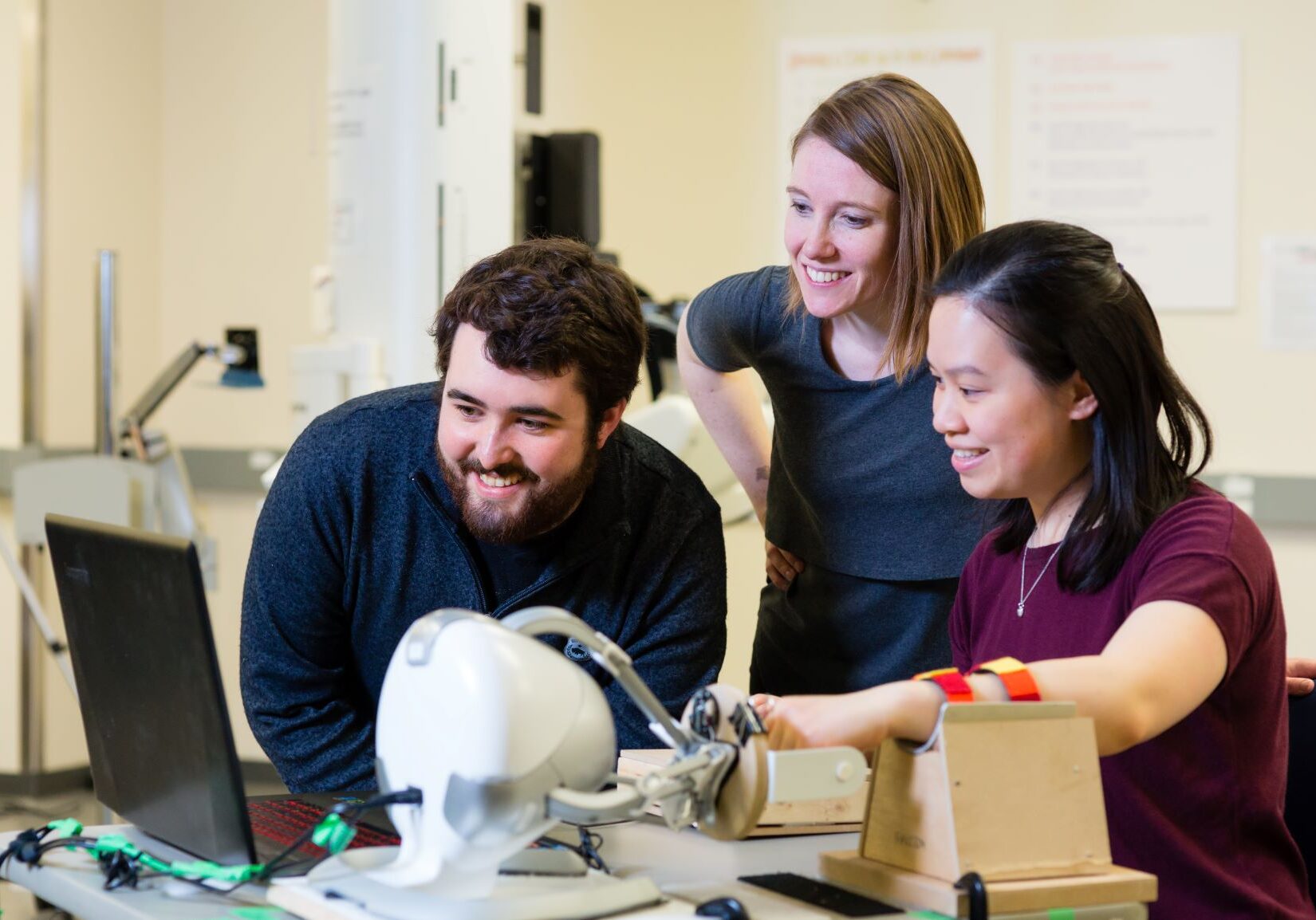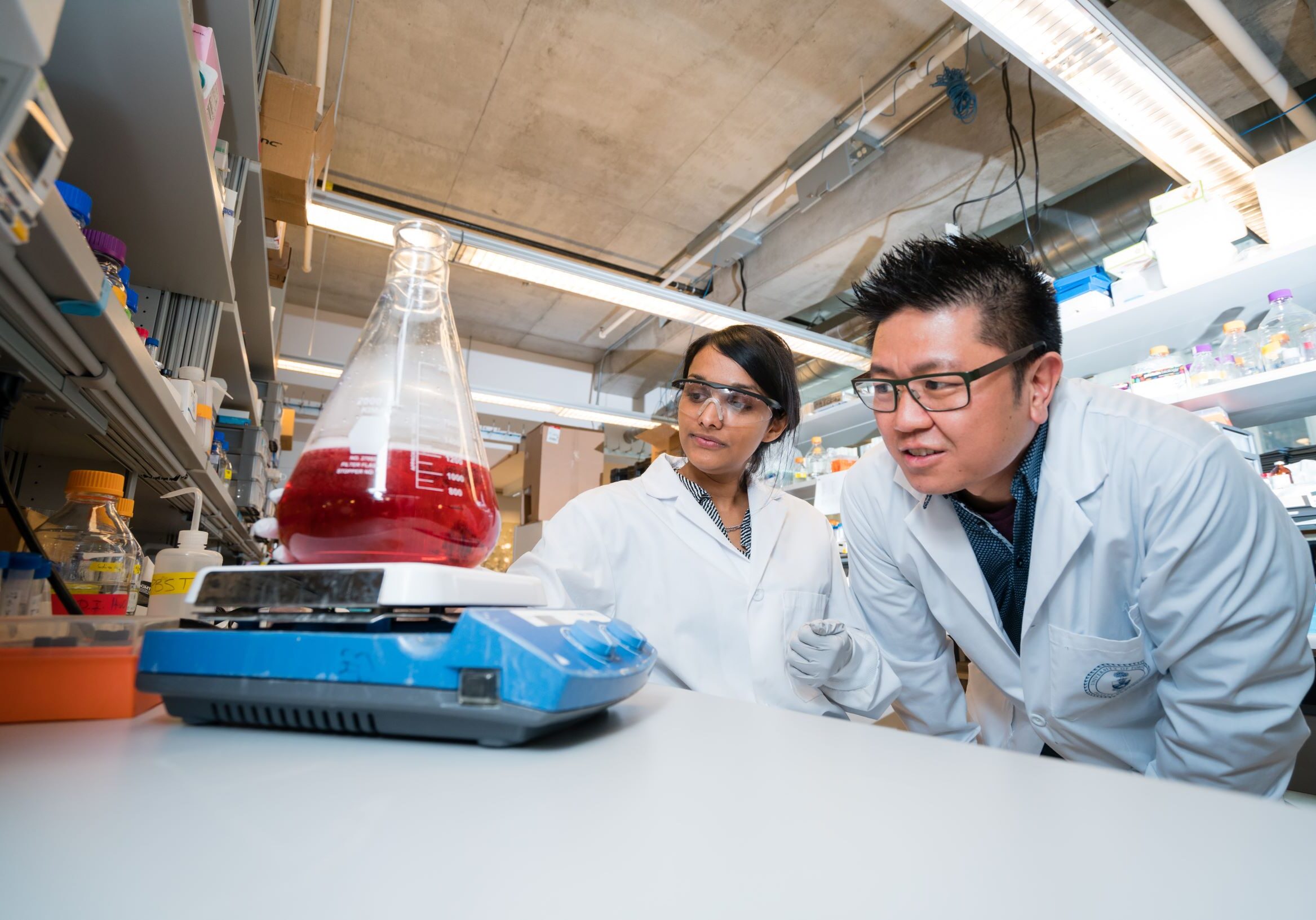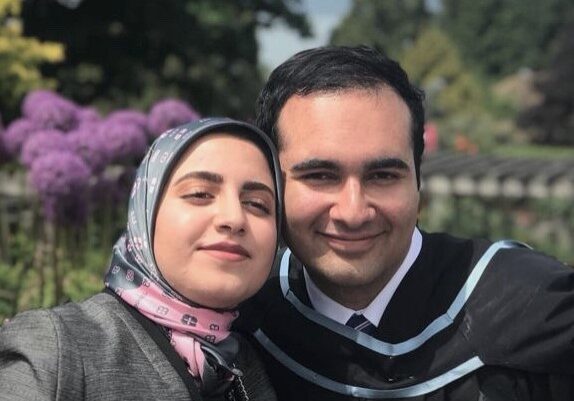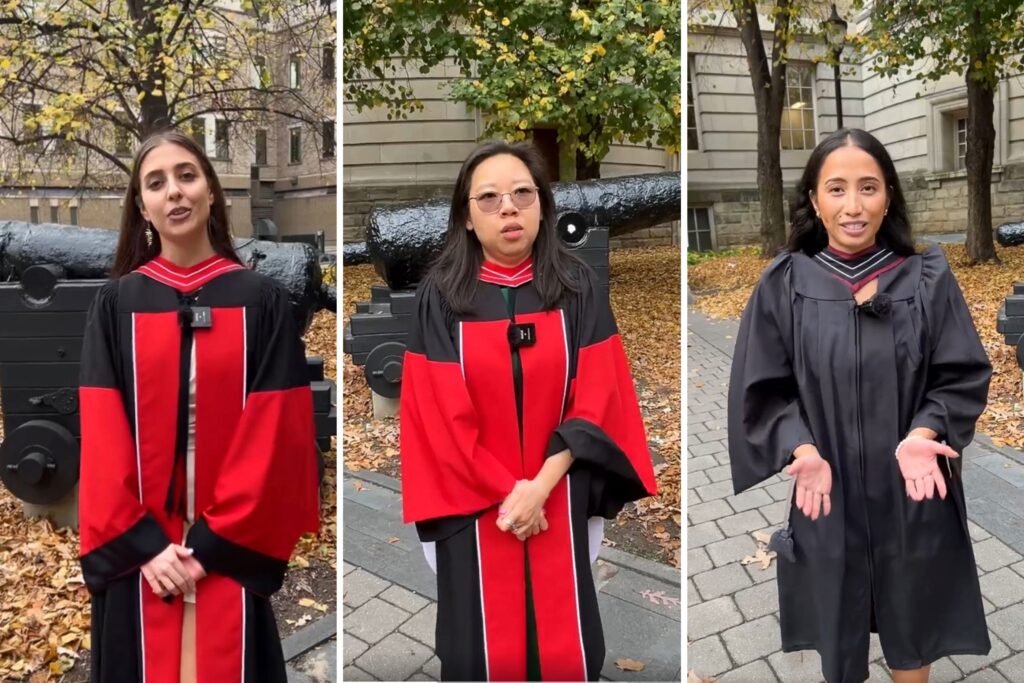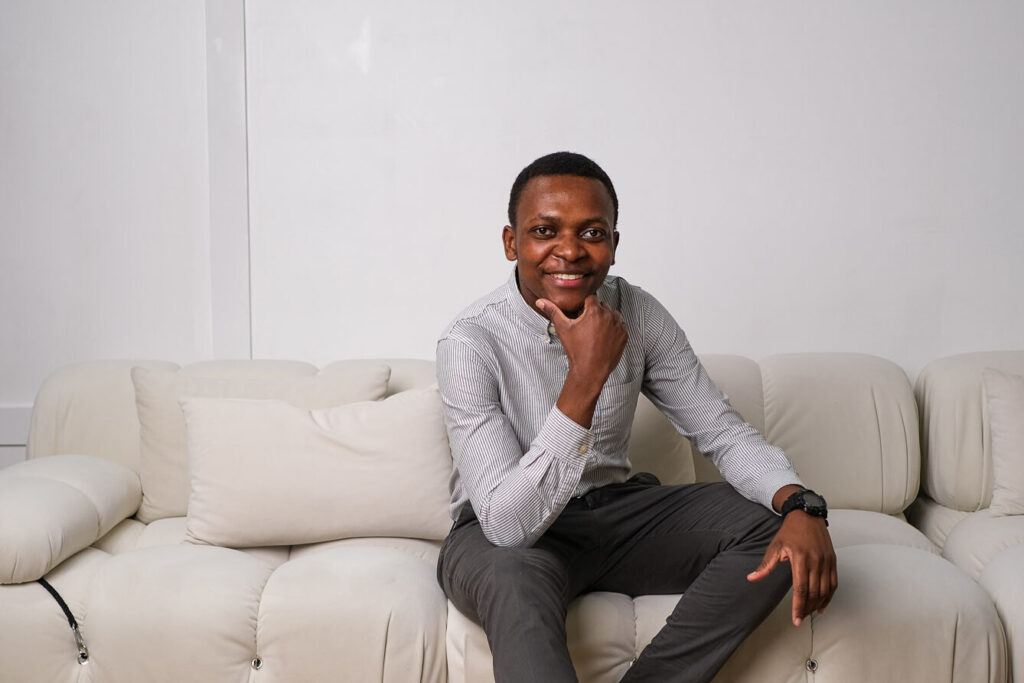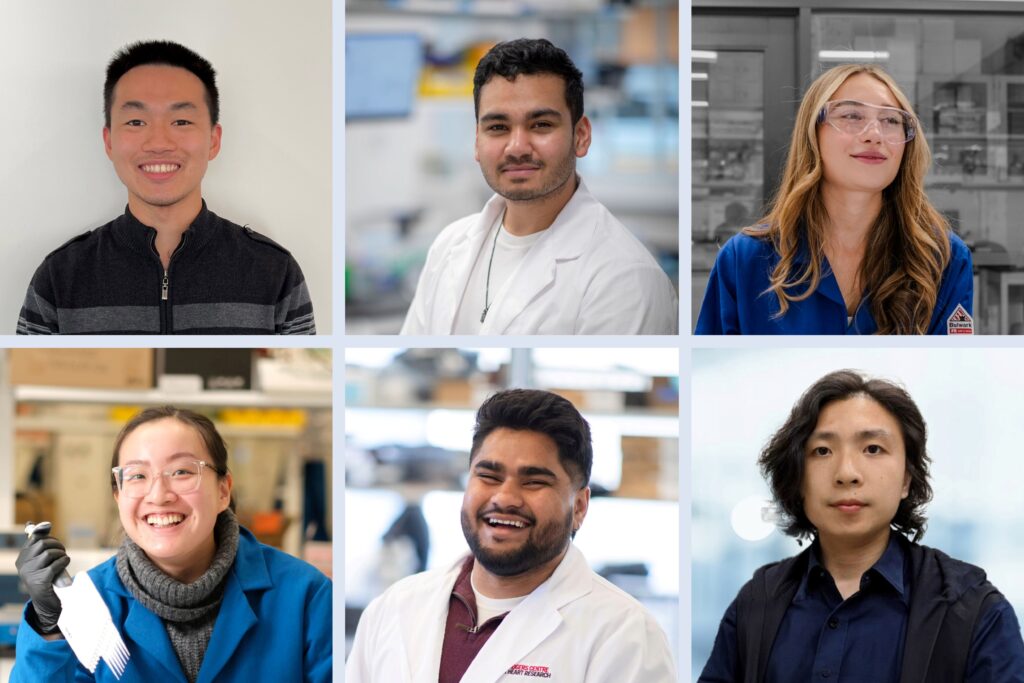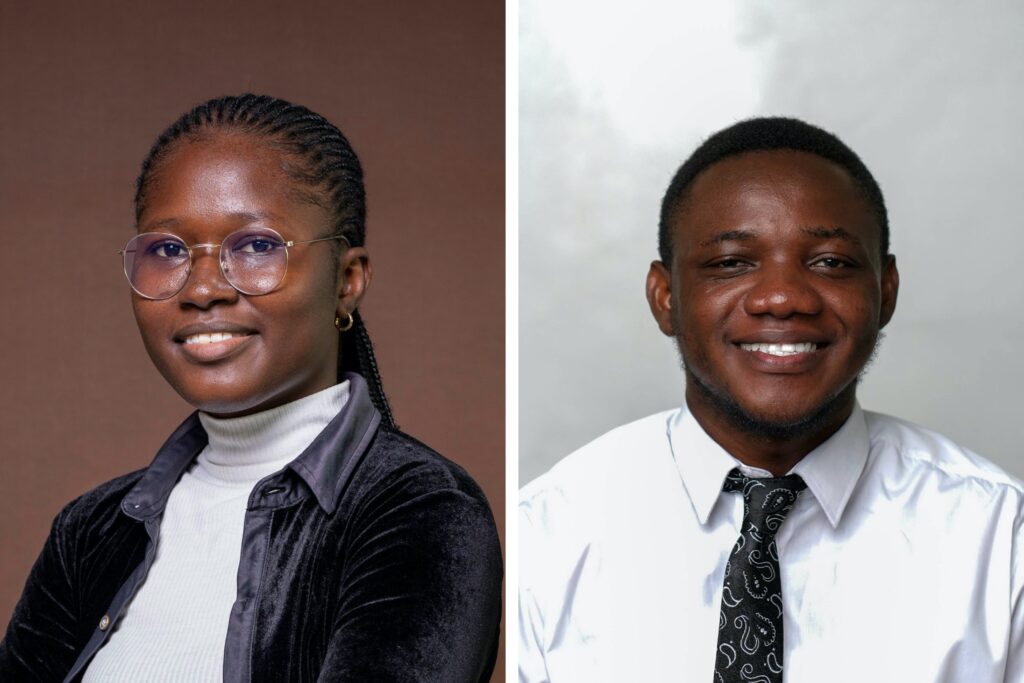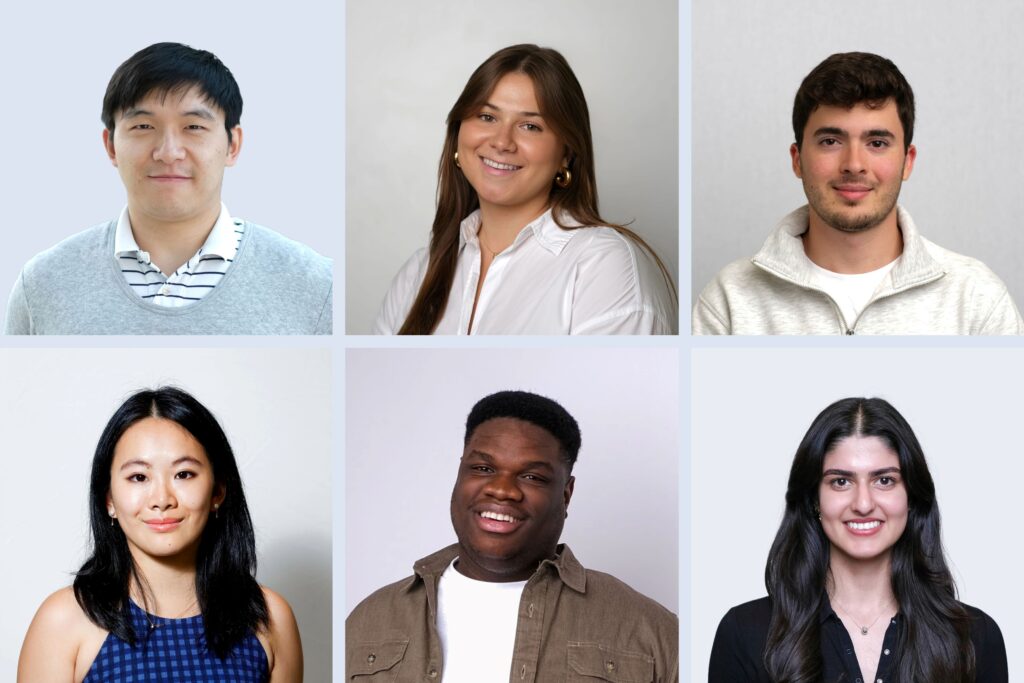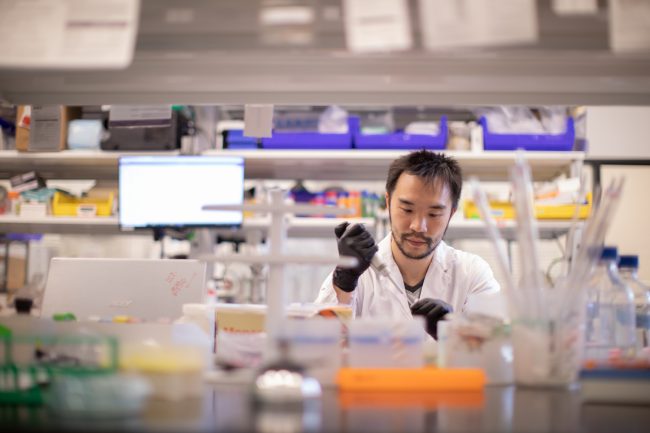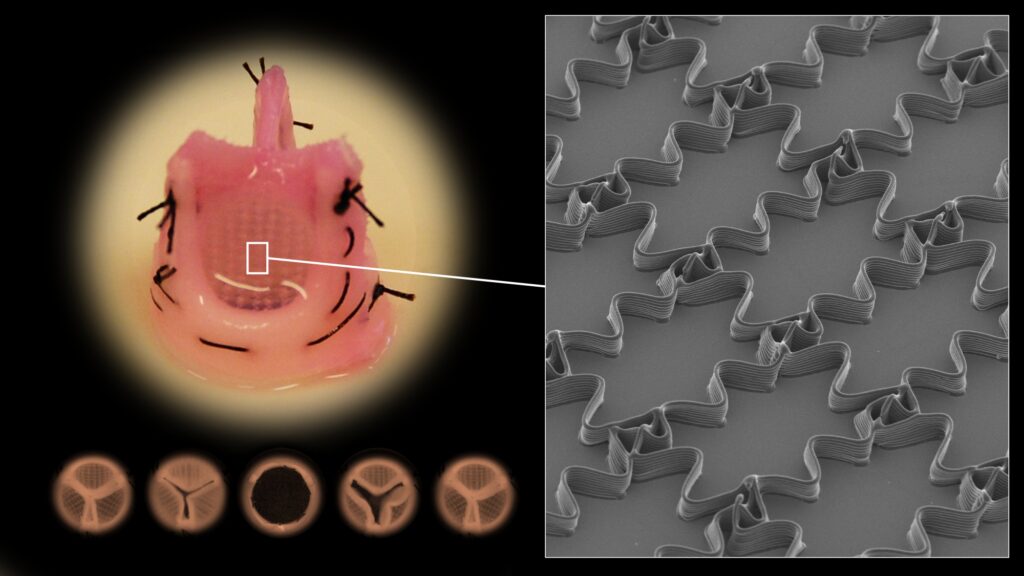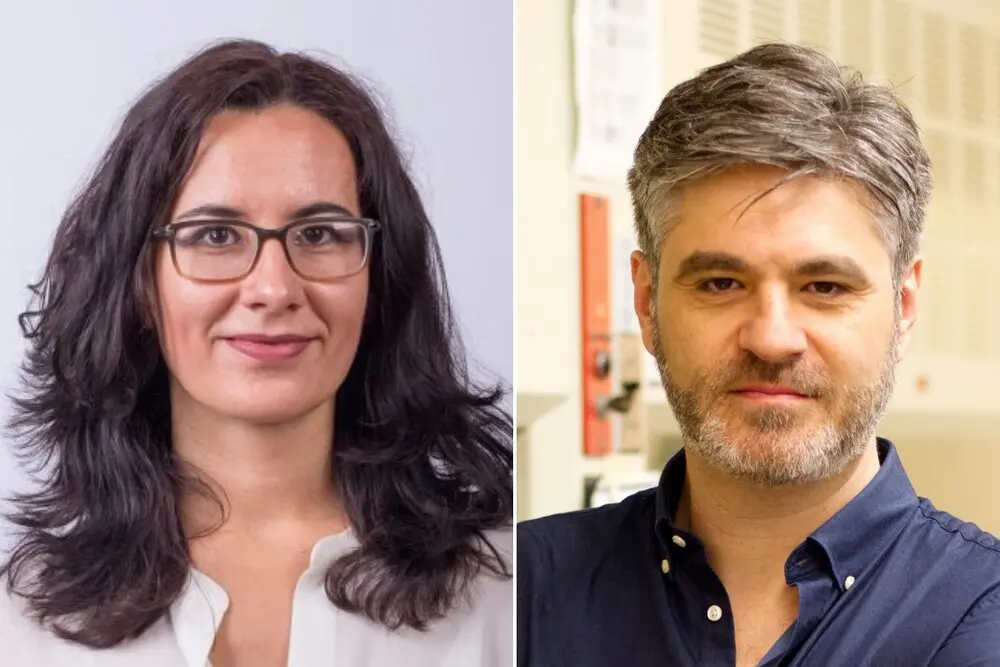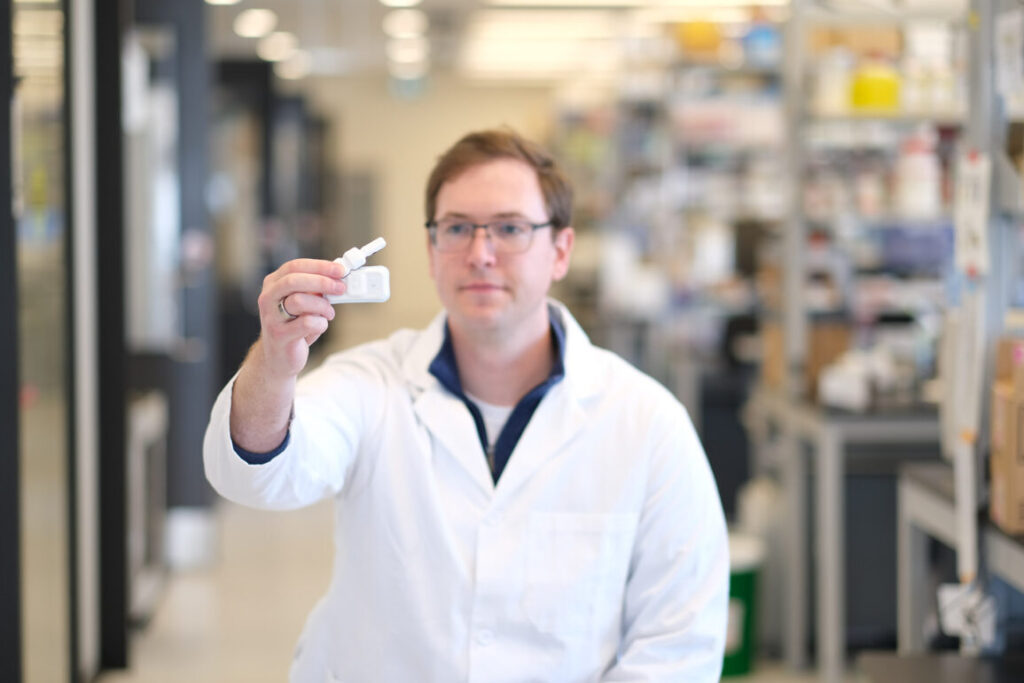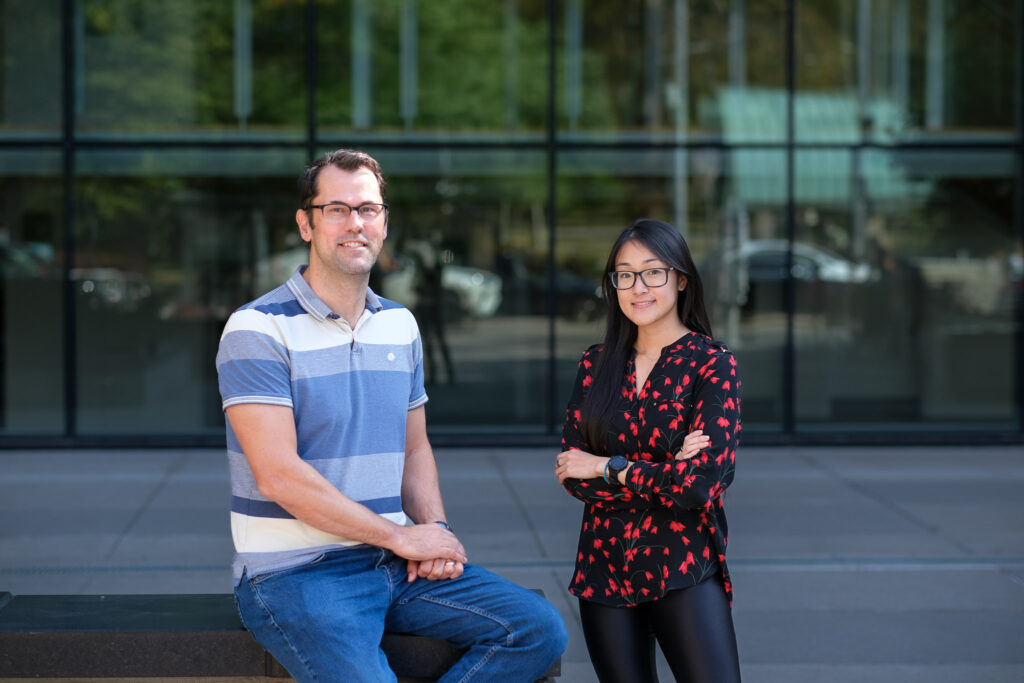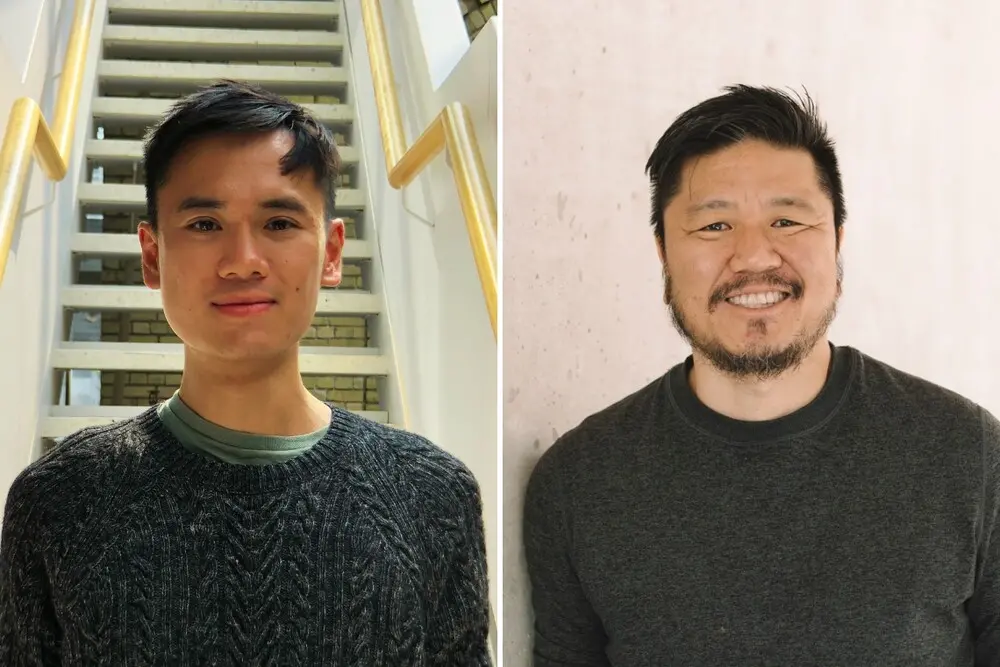Donate and support our projects
BME Student Fellowship
The BME Student Fellowship is aimed to fund top students in our graduate programs, where 100% of the proceed will directly go to students. Your contribution will have a positive and long-lasting impact in our student’s lives. Our goal is to raise $1 million in total fund. The Institute of Biomedical Engineering will provide a 1:1 match to your donation.
Biomedical Engineering Director's Fund
Contributions to Biomedical Engineering Director’s Fund give directors the flexibility to meet their students’ needs and the agility to seize opportunities as they arise in the rapidly evolving scientific and higher education sectors.
Mohammad & Zeynab Asadi-Lari Award
The Mohammad and Zeynab Asadi-Lari Award recognizes a MD/PhD student who has demonstrated excellence in innovation and brought about positive change.
Dedicated to improving student life
Our graduate student population will benefit from your generous support in scholarships, bursaries, and other financial means.
Three BME students share their graduate experience
Last week, students from the class of 2T4 walked across the stage at Convocation Hall and became the latest engineering alumni. Nevena Musikic, Amber Xue, and Alyssia Sanchez shared their graduate experiences in this video.
Meet the 2024 Leadership of Biomedical Engineering Students’ Association
Introducing the Movers and Shakers of the Biomedical Engineering Students’ Association (BESA)! Meet the leadership team that will spearhead graduate student related extracurricular activities this year.
Support cutting-edge research
Our graduate student, researchers, and faculty will continue to drive cutting edge research in biomedical engineering with your support.
‘DNA origami’ may bring researchers one step closer to a cancer vaccine
BME professor Leo Chou creates DNA nanostructures that can serve as a platform to deliver instructions to a body’s immune cells in a way that would elicit an effective response towards a disease. His team has developed a new way to visualize 3D nanostructures made of human DNA.
Engineering soft connective tissues with biomimetic mechanical properties
A team of researchers at the University of Toronto, led by Professor Craig Simmons, has introduced a novel method to engineer soft connective tissues with prescribed mechanical properties similar to those of native tissues. This finding, published in the journal Advanced Functional Materials, can propel the generation of more realistic tissues and organs for regenerative medicine in the future.
Donnelly Centre to House New Self-Driving Lab to Innovate Next-Generation Human Tissue Models
The Donnelly Centre for Cellular and Biomolecular Research is home to a new self-driving lab (SDL), borne out of a $200 million grant from the Canada First Research Excellence Fund to the Acceleration Consortium.
Wearable medical device redefines cardiovascular monitoring
A team of researchers led by Professor Daniel Franklin (BME) unveiled a cutting-edge wearable medical device designed to revolutionize cardiovascular monitoring. This innovative device integrates multiple sensory modalities to provide a comprehensive assessment of hemodynamic status, surpassing conventional blood pressure monitoring.
New research paper unveils breakthrough sensor for real-time cellular analysis in living zebrafish embryos
In a study published today, researchers from the University of Toronto have introduced an innovative biosensor, Apollo-NADP+, in living zebrafish embryos to track molecular metabolism. The study, featured in Science Advances, sheds light on the potential applications of this cutting-edge technology in understanding cellular processes and addresses a critical question in diabetes research.
U of T Researchers Dispel Long-Standing Theory Guiding Nanoparticle Treatment of Tumours
Researchers at the University of Toronto have developed an alternative theory to explain how nanoparticles enter and exit the tumours they are meant to treat. This new principle debunks a leading theory in cancer nanomedicine that has guided research for nearly four decades.
